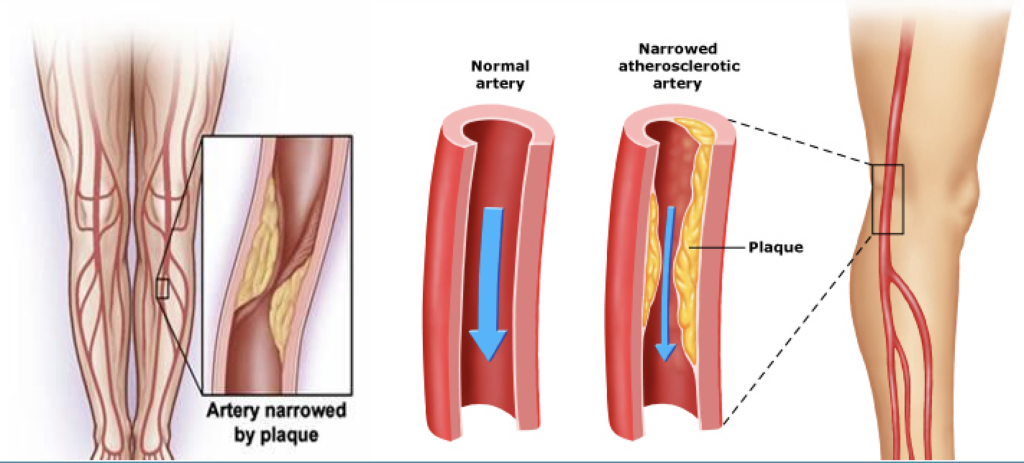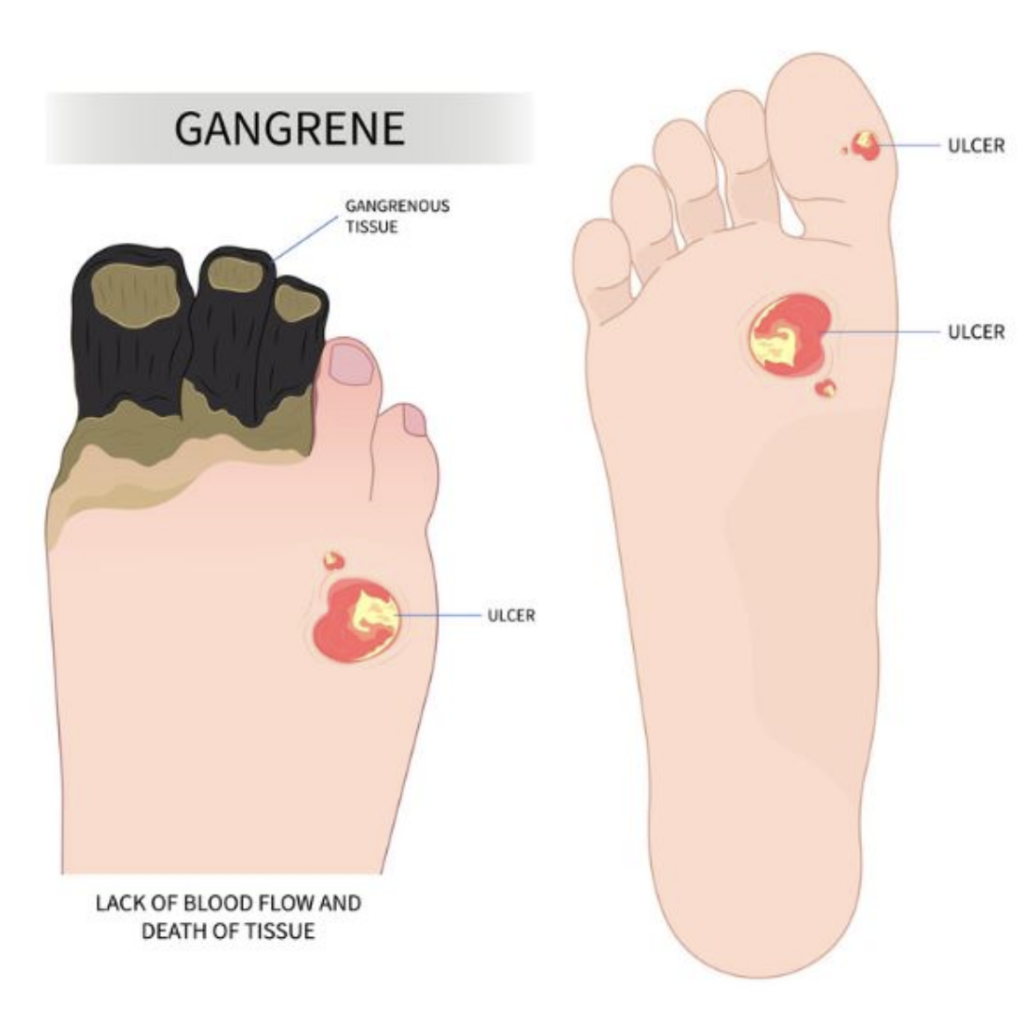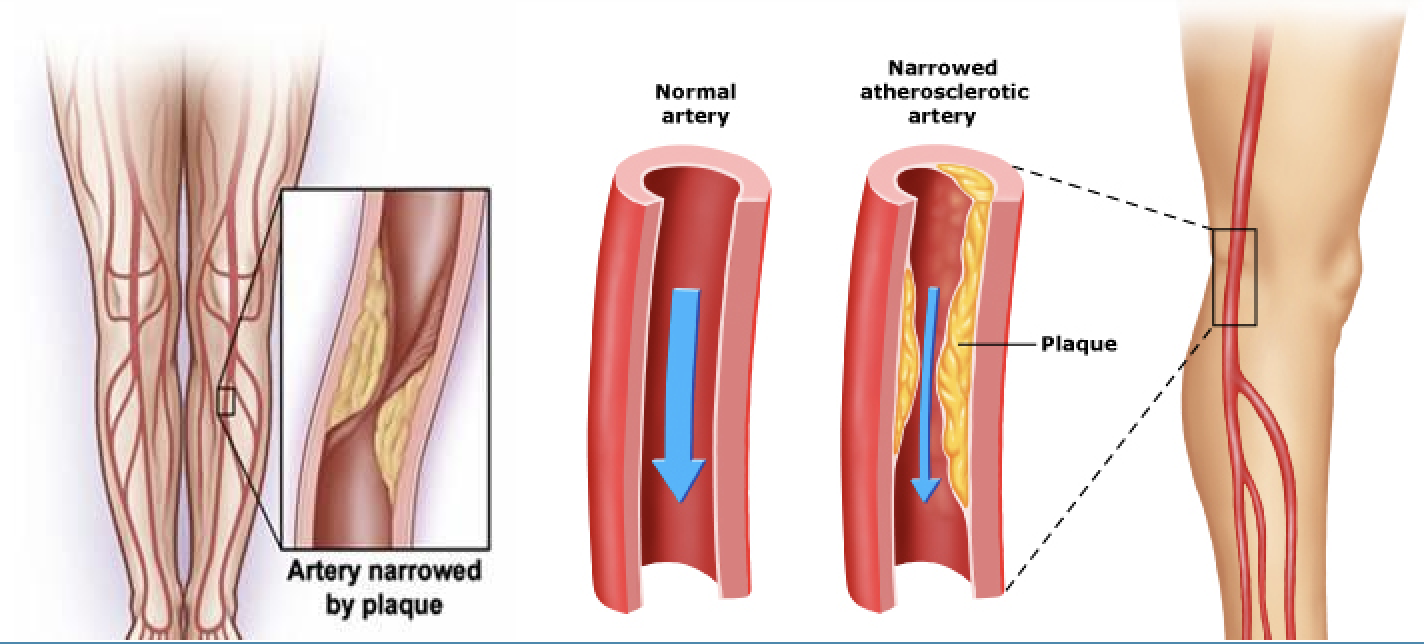Peripheral Vascular Disease (PVD) is a condition that affects blood flow in the arteries outside the heart and brain, most commonly in the legs. It occurs when narrowed or blocked arteries reduce blood circulation. Common symptoms of PVD include pain or cramping in the legs while walking, known as claudication. Patients may also experience non-healing wounds, sores on the feet or legs, and changes in skin color or temperature. In some cases, the legs may feel cold or appear pale or bluish. These symptoms often develop gradually and can be mistaken for signs of aging or inactivity.
Several risk factors contribute to the development of PVD. Smoking is one of the most significant, followed by high blood pressure, elevated cholesterol levels, diabetes, and a family history of vascular disease. Recognizing these risks early is essential. If left untreated, PVD can progress and lead to serious complications, including infections, tissue death (gangrene), or even limb amputation. Early diagnosis allows for interventions that can prevent the disease from advancing and improve quality of life.
Treatment for PVD varies depending on the severity of the condition. For mild to moderate cases, lifestyle changes are often the first step. These may include smoking cessation, regular physical activity, and a healthy diet to improve circulation and manage contributing conditions. Medications may also be prescribed to control blood pressure, cholesterol, and blood sugar levels. In more advanced cases where blood flow is significantly restricted, procedures such as angioplasty or bypass surgery may be required to restore adequate circulation. Dr. Hajian can evaluate your condition and work with you to develop a personalized treatment plan that addresses both the disease and its underlying causes.





